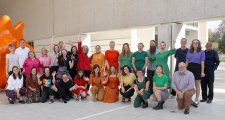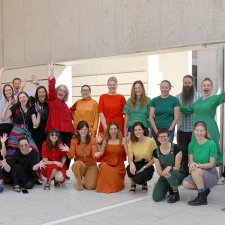Access
Access is about creating the necessary conditions for all individuals and organisations to use services, facilities, programs and employment opportunities. Access is about making space for the unique characteristics that each person brings. Barriers to equitable access can be categorised into the areas of attitudinal, communication, physical, policy and social.
Disability
The UN Convention on the Rights of Persons with Disabilities (2008) defines disability as including a long-term physical, psychiatric, intellectual or sensory impairment that, in interaction with various barriers, may hinder the person’s full and effective participation in the community on an equal basis with others.
The Disability Discrimination Act (Commonwealth) 1992 defines disability as:
- the total or partial loss of the person’s body or mental functions
- the total or partial loss of a part of the body
- the presence in the body of organisms causing disease or illness
- the malfunction, malformation or disfigurement of a part of the person’s body
- a disorder or malfunction that results in the person learning differently from a person without the disorder or malfunction.
Inclusion
Inclusion is the process in which every person (irrespective of age, disability, gender, religion, sexual preference or ethnicity) who wishes to can access and participate fully in all aspects of an activity or service in the same way as any other member of the community.
According to the research report ‘Towards new indicators of disadvantage: Deprivation and social exclusion in Australia’ (2007) published by UNSW’s Social Policy Research Centre, dimensions of inclusion include:
- being heard and valued
- meaningful participation
- connection and belonging
- opportunity to access supports
- choice and control in your life.
Inclusion is not about helping others to access the society we have. It is about changing the society we have. Inclusion is about making society mean everyone.
Intersectionality
We understand that the barriers people with disability experience can compound and layer when an individual is part of more than one underrepresented group. Recognising that people’s lives are multi-dimensional and complex, we aim to take an intersectional approach in our thinking around accessibility. Intersectionality recognises the diversity of experiences within marginalised groups and provides a framework for recognising and addressing the needs of individuals who are most disadvantaged, setting a pathway for a more just and equitable world.
We are mindful of these intersections and aim to provide good access for people with disability from all backgrounds and lived experiences. This includes First Nations people, culturally and linguistically diverse people, women and non-binary people, members of the LGBTQIA+ community, people from regional and remote areas, older people, children and young people, and people from low socioeconomic backgrounds.
















